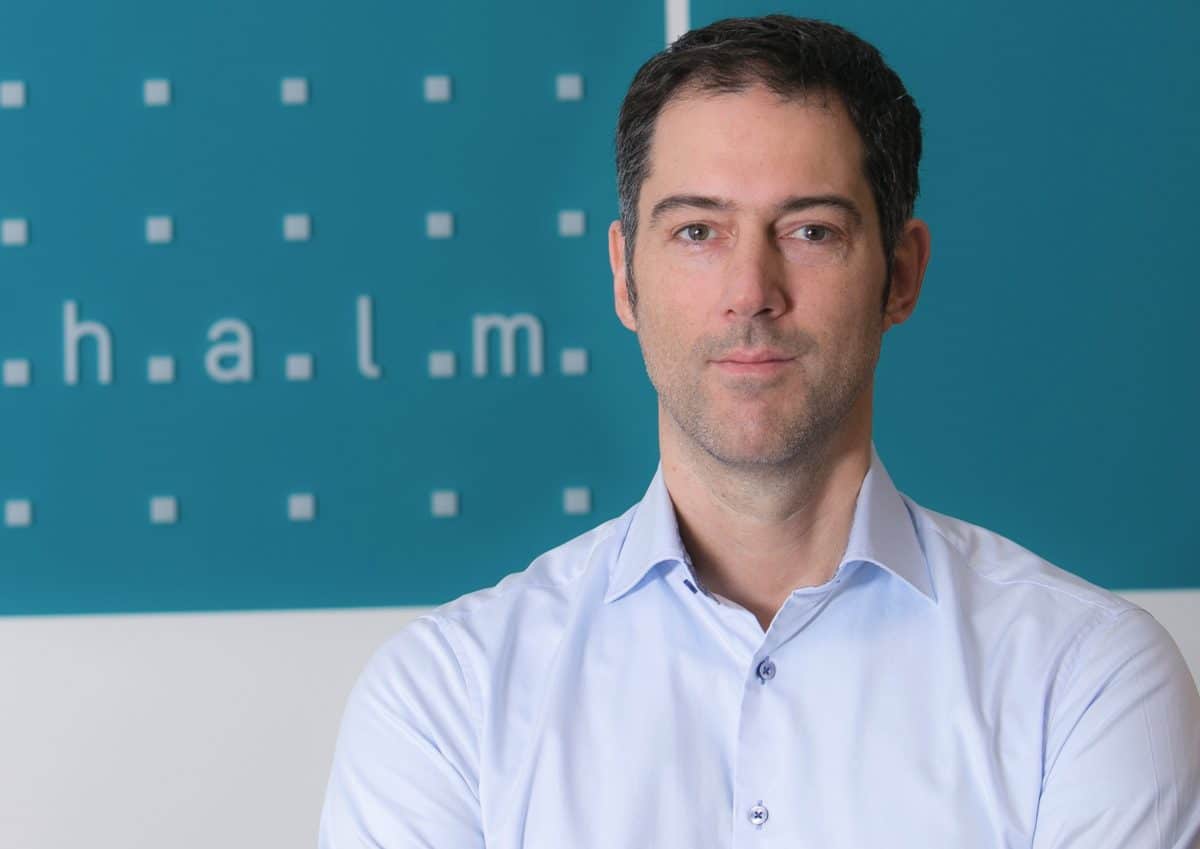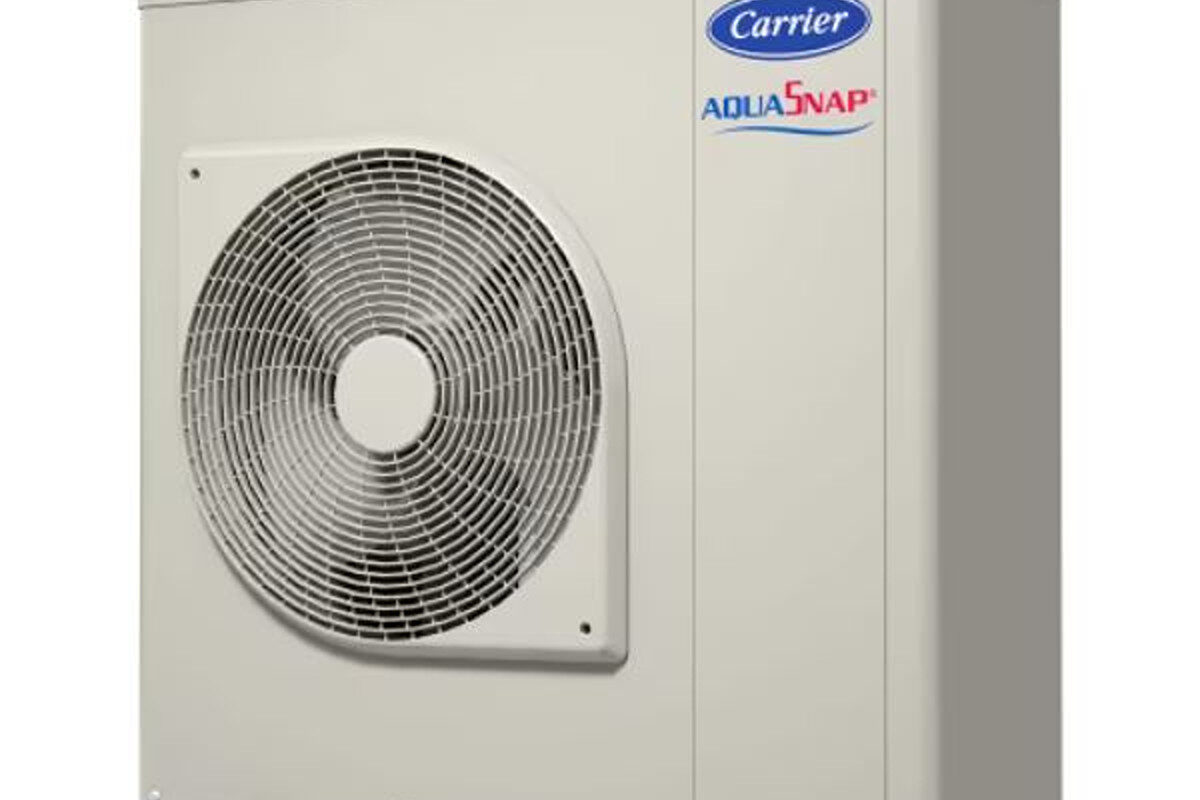From pv magazine 05/2021
In 2021, it seems we are once again in the midst of a massive expansion in cell and module manufacturing in Asia. What does this mean for h.a.l.m.’s business?
What we see that is different from expansion waves in the past is that projects are much larger. Both the total sum of the expansions and the size of each individual project from the cell manufacturers has grown.
In the past, expansions in the PV industry have usually taken place in waves, so we are used to dealing with an unsteady utilization of our manufacturing. The challenge comes when you combine this expansion wave with limitations on shipping, staff availability etc. posed by the ongoing Covid-19 situation.
There was a time nearer the start of the pandemic when things really peaked, there was a lot of uncertainty and nobody was clear on what new regulations would be in place from governments regarding the pandemic. At that point, it was a real challenge to keep the supply chain running and for some months it was really an issue to get cost effective, timely shipping. One of the biggest ongoing challenges is to maintain our high service quality as we face travel restrictions and long quarantine times in international travel. This may actually be the biggest difference for us as a European manufacturer.
These expansions are largely p-type PERC technology – do you expect this to remain the mainstream technology for the next few years?
Very large volumes of PERC lines have been built up already, and manufacturers are profiting greatly from this economy of scale. New or emerging technologies, like HJT, for example, need a good reason to be ramped up. So I think p-type PERC will stay as the mainstream for a while. When there is something available that is more profitable, this will change. From our point of view though, there is no real cost competitor in the short term.
This year, h.a.l.m. is introducing its cetisPV-Cockpit software. What does this bring to customers?
We observed that a lot of our customers were doing manual processing of their production data. They use manual or semi-automatic processes to extract data from their systems and then evaluate it to gain insight into their production. These methods are hard work and time consuming. By the time an error or an opportunity for optimization is spotted, it could already be several thousand cells too late.
We got into close discussions with some of our customers to understand how they treat their data: the evaluation methods, the key figures they look at. And we decided to offer a solution which automates this data collection and analysis, the cetisPV-Cockpit. With our solution you can see the data in real time, there will be fewer errors and much faster processing.
How is the level of interest among customers in automating data management?
Interest is high, but every customer is different. Big data is something that customers recognize they will need to understand and make use of more and more in the future. And particularly with the growing size of production lines and industry expansions, you cannot monitor or optimize lines like these without a close sight on your data.
Customers that don’t have any automated data handling can easily upgrade to our cockpit by updating the software of their h.a.l.m. systems and connecting to the cockpit-server which we provide. It is an efficient way to migrate to automated data handling. And though we continue to work closely with our customers after installation, our system layout does not use any cloud technology. The cell measurement data does not leave the premises of the factory – there is no external storage, the data is entirely in the hands of the cell producer.
Do you see big differences between customers in the key metrics – the data they prioritize in measuring quality and process control?
There are obviously some key measurements that always have the biggest impacts in the end on quality or production efficiency. Customers treat these similarly, but on the other hand, each has their own process. There are a lot of differences that you need to deal with, and this is a challenge; to be both flexible and powerful enough to meet different expectations without becoming overly complicated to use.
You can do your quality control, for example for EL imaging – customers always want to see the fraction of the EL images that are grade A, how many are grade B etc, and what are the specific defects appearing. Process control tends to be more customer specific, and even production line specific.
Also, within one customer there are various roles, for example the line engineer, workshop manager, factory manager. Each has different demands for data and insight, so we can provide different views. This is very flexible. It is up to the customer what each person sees in the data evaluated by our cockpit and what is put into an individual view.
Are there additional hardware or operational costs associated with the cetisPV-Cockpit?
We sell the cockpit as an additional package for our systems. The usual layout is one server with decent performance and storage capacity, which can deal with a certain number of inline systems. This server is part of what we sell as a package. We take care of all the necessary installation and setup. The only thing we need is some space in the customer’s IT room and a good network connection.
Each of our measurement systems has its own PC that handles the data and provides user interface, and these are networked with the cockpit server so that the data from each line is all centralized. There is a huge amount of data being transferred, with high resolution EL images as well, and we always emphasize to our customers that good network performance and usually dedicated network connections are required.
Is the software already in operation on actual cell lines? How have the initial installations been?
In total we have around 100 lines already equipped with both the hardware and software. It is operational already, and we are still in close contact with those customers to learn how they use it and look for further optimizations we can make in the future. We are observing these lines very closely, it’s not a case of “sell it and forget it.” So far, we have installed the cockpit with customers where we know from experience that we can work together at a high level, and they provide feedback and discuss new features that they need. These customers have the opportunity to have an impact on the cockpit’s functionality.
This content is protected by copyright and may not be reused. If you want to cooperate with us and would like to reuse some of our content, please contact: editors@pv-magazine.com.




Good